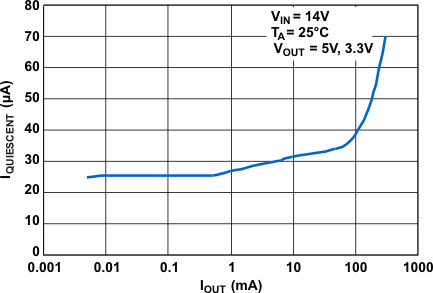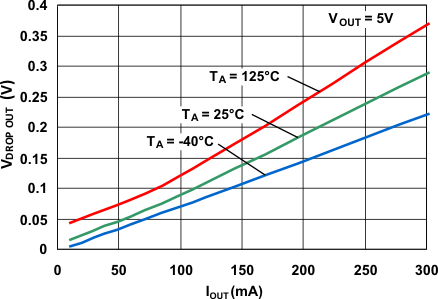SLVSA62J March 2010 – March 2020 TPS7A60-Q1 , TPS7A61-Q1
PRODUCTION DATA.
- 1 Features
- 2 Applications
- 3 Description
- 4 Revision History
- 5 Device Comparison Table
- 6 Pin Configuration and Functions
- 7 Specifications
- 8 Detailed Description
- 9 Application and Implementation
- 10Power Supply Recommendations
- 11Layout
- 12Device and Documentation Support
- 13Mechanical, Packaging, and Orderable Information
Package Options
Mechanical Data (Package|Pins)
- KVU|5
Thermal pad, mechanical data (Package|Pins)
- KVU|5
Orderable Information
7.7 Typical Characteristics
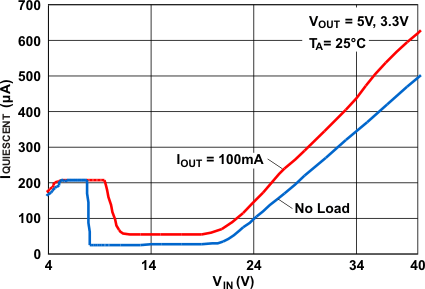
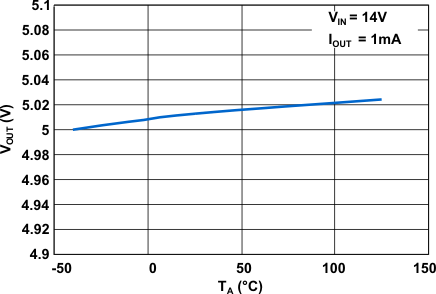
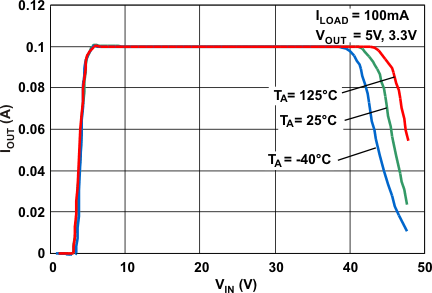
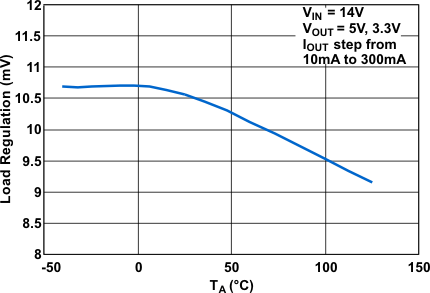
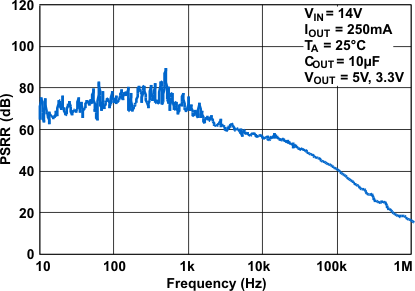
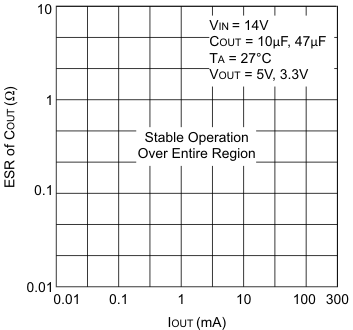
for TPS7A60-Q1 and TPS7A61-Q1
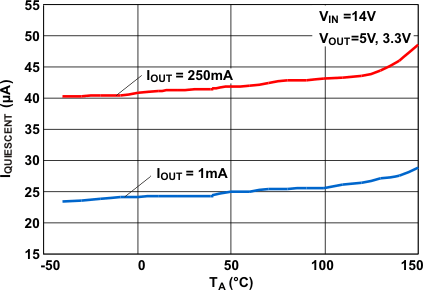
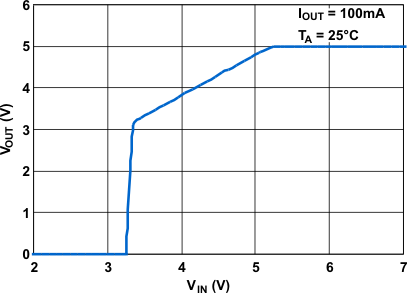
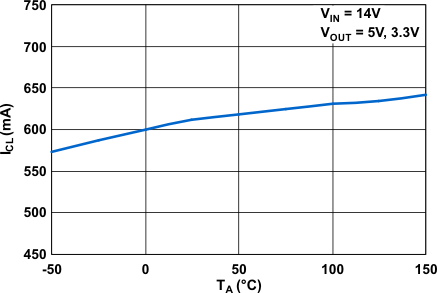
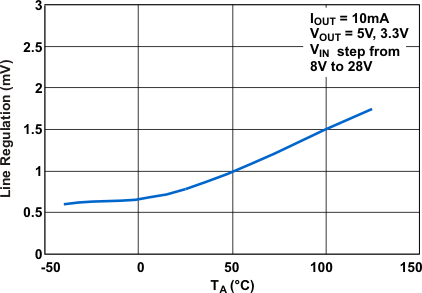
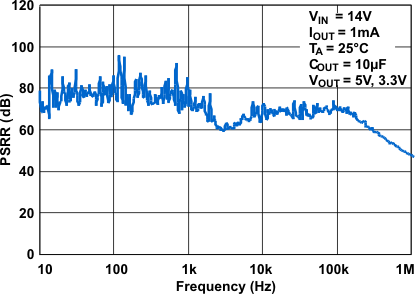
1. Dropout voltage is measured when the output voltage drops by 100 mV from the regulated output voltage level. (For example, dropout voltage for the TPS7A6050-Q1 is measured when the output voltage drops down to 4.9 V from 5 V.)
